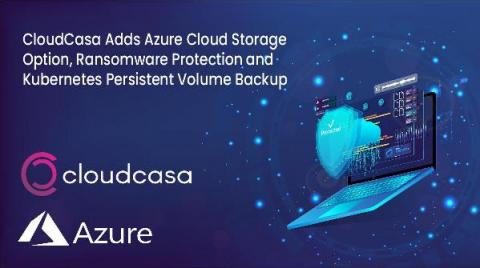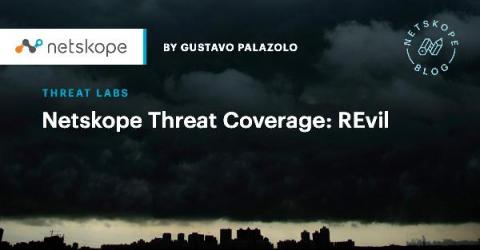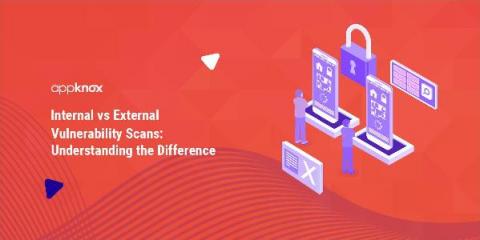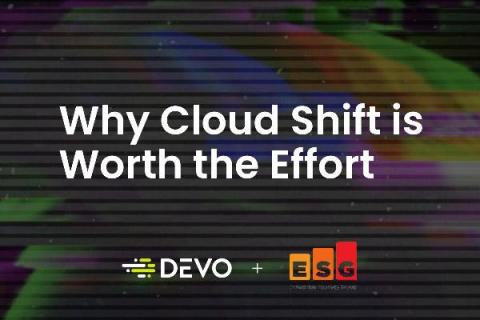Azure Cloud Storage, PV Backups, and Ransomware Protection with New CloudCasa Release
CloudCasa is a simple, scalable, and inexpensive cloud backup service for protecting your Kubernetes and cloud native applications. We worry about protecting your Kubernetes environment so that you don’t have to! Since the introduction of CloudCasa in November of last year, we’ve been making improvements and adding new features at a steady rate. The CloudCasa team has been very busy this spring, and we’re now pleased to announce yet another major release of new service features!











